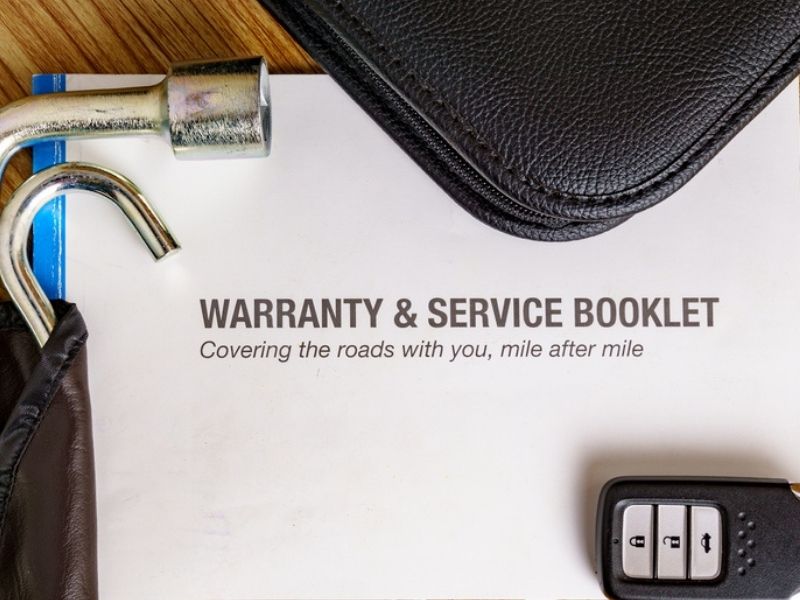When you’re buying a new car, it’s vital that you understand the limitations of its warranty coverage. A quality warranty can help you cover unforeseen costs as well a swear and tear, but no two manufacturers offer quite the same coverage. Here are things that aren’t covered by a new car warranty (as well as a few that are).
What Isn’t Covered
The majority of basic warranties on the market exclude regular maintenance. That means oil changes, brake linings, windshield wipers, etc. Anything that counts as regular wear and tear is usually off the table, too. Keep in mind that you’re still covered in the event of manufacturer defects, like with these lemon law cases in California, though.
Always check to see what a manufacturer’s warranty covers, too. Some brands include regular maintenance as a selling point. While these are primarily luxury brands, it never hurts to doublecheck just in case.
Getting into an accident is also outside the realm of coverage. Warranties are designed to help you save money on service charges, providing coverage when things need tuning up or repaired. Damages from a wreck need to be covered by legal aid, like these car accident lawyers in Sacramento. Warranties won’t help if you’re at fault or not, but insurance can.
What Is Covered
Basic warranties, also known as bumper-to-bumper, cover just about everything from your air conditioning to the audio system and (of course) the bumpers. Most stop their coverage at three years or 36,000 miles, whichever comes first.
The second part of these warranties is known as powertrain coverage. This includes your engine, transmission, and the other parts of your car that make it operate. Federal law requires a period of eight years or 80,000 miles for emissions control systems, as well, which includes your catalytic converter.
Roadside assistance, usually for a set number of years or amount of times used, is also becoming a more regular feature. Not all brands offer this in their warranties, however. Most do include rust coverage, as well, even though rusting has become rarer in recent cars.
What to Know
Before pulling the lever on your new purchase, speak with the seller in-depth about what a manufacturer’s warranty does and does not cover. Going over all of the fine details is in your best interest. Plus, it can help you decide which new car works best for you.
As time goes by, you’ll probably forget what all is covered. When repairs do pop up, check your owner’s manual. This is especially true is a dealership says a specific part isn’t covered. When in doubt, consult the manual again and call the auto company number for verification.
Hybrid Models
Finally, there are new hybrid warranties for gas/electric vehicles. The difference is in the battery-style engine, which comes with special coverage. Toyota and Ford offer an eight-year, 100,000-mile warranty for their hybrid components, for instance. Each manufacturer offers something a little different for these, as well, so make sure to doublecheck what parts of your hybrid are covered.
